False myths and rumours about coffee
What lies behind the beloved cup? We have talked about it several times on several occasions (the latest is an in-depth survey available on the monthly magazine, in the February issue). The concept - simple but not at all trivial - is always the same: the profound culture of espresso in Italy has, yes, given charm and folklore to the coffee bar ritual, but at the same time it slowed down the evolution of the sector. Today things are changing, specialty coffee shops (dedicated to the quality of the raw materials, from the selection of the beans to the final extraction) are on the rise, as is the curiosity of consumers. Many steps have been taken, from the arrival of Starbucks in Milan - a significant turning point for a country so fond of its tradition - to the opening of modern coffee bars (also by major brands, such as the Lavazza flagship store). Yet, there are still many misleading beliefs on the subject, as well as false myths that revolve around the product. From the price of coffee - a sensitive topic that we have dealt with in detail in the past - to the correct use of home machines, there are several points on which we need to shed some light.
The 10 most common false myths on coffee
Let's not forget that every year about 4.5 kg of coffee are consumed per capita (no, we Italians are not at the top of the ranking, which belongs to the Finns with about 12 kg of coffee per capita. We arrive in 13th position, with almost 6 kg of coffee per capita). In short, we are talking about a widely used beverage with international success, which deserves to be known a little better: together with SCA Italy, the Italian delegation of the Specialty Coffee Association - which is an international association for the promotion of quality coffee - we tried to dispel the 10 most common myths about black gold.
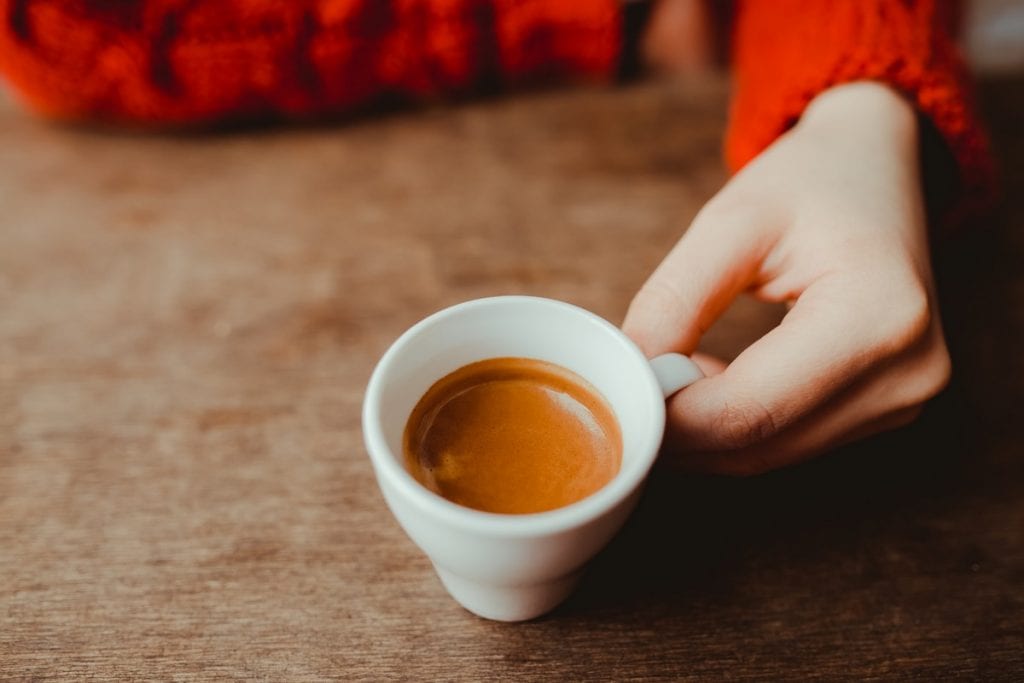
1. Espresso is bitter
First, fundamental point to clarify: bitterness must never be the predominant taste in espresso. The more the bitter sensation increases, in fact, the more easily we are faced with roasting defects, often made too dark to camouflage the low quality of the beans. Or, it is a blend mainly made up of Robusta, a variety of coffee that's less valuable than Arabica. In the cup Robusta will always yield a less elegant and less complex, darker and flatter aromatic profile.
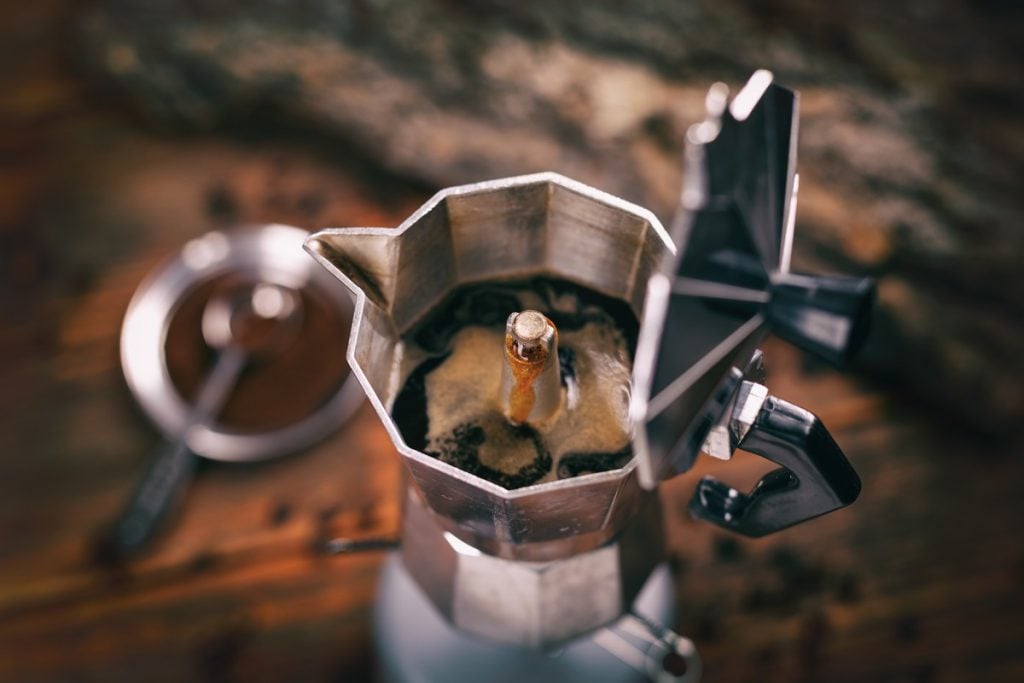
2. Not washing the stovetop moka pot
The moka is the home appliance par excellence in Italy, a domestic coffee pot around which many legends revolve. Among the many, the ban on washing it, a false belief that risks ruining the coffee pot. The oils and fats generated by the preparation of coffee should remain in contact with the walls of the pot for too long, otherwise they will alter the flavour of the beverage.
3. Coffee is bad for the stomach
As with all food products, avoiding excessive use is always recommended. Claiming that coffee is bad for the stomach, however, is incorrect: especially when it comes to a quality product, carefully selected and roasted, black gold in measured quantities does not irritate the gut. In addition, Arabica coffee contains up to three times less caffeine than blends with a high percentage of Robusta variety.
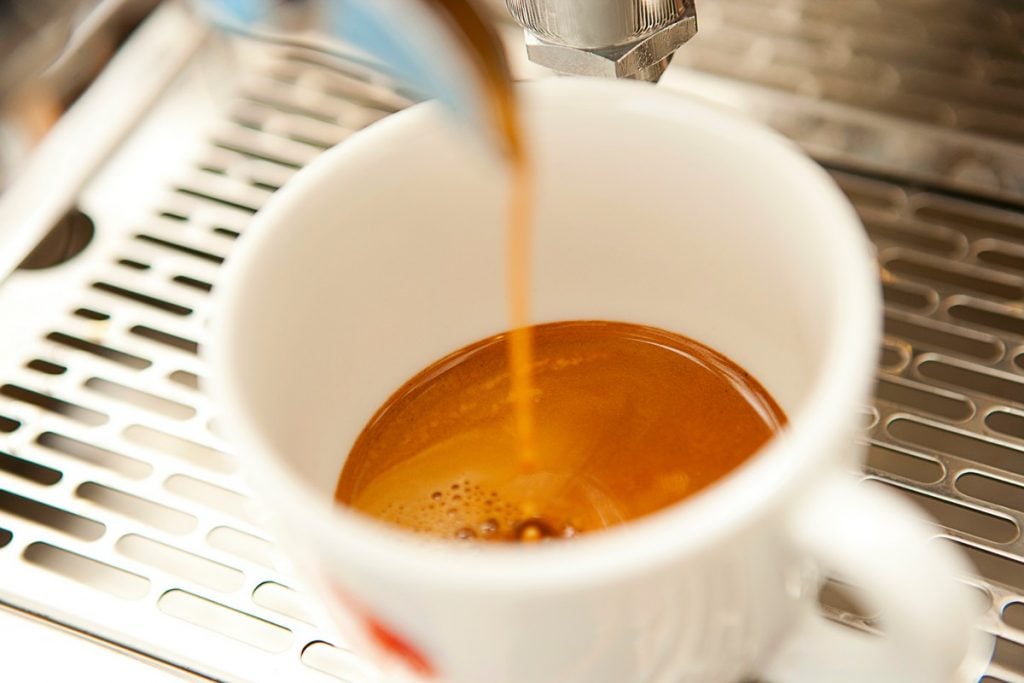
4. If the sugar floats the coffee is good
The much coveted caramel-coloured cream atop espresso is not such an important quality index: during the tasting phase it is evaluated, but it is not the thickness or persistence that indicates the level of quality of a coffee. Rather, it is better to focus on the texture, which should not be foamy or excessive, but rather elastic.
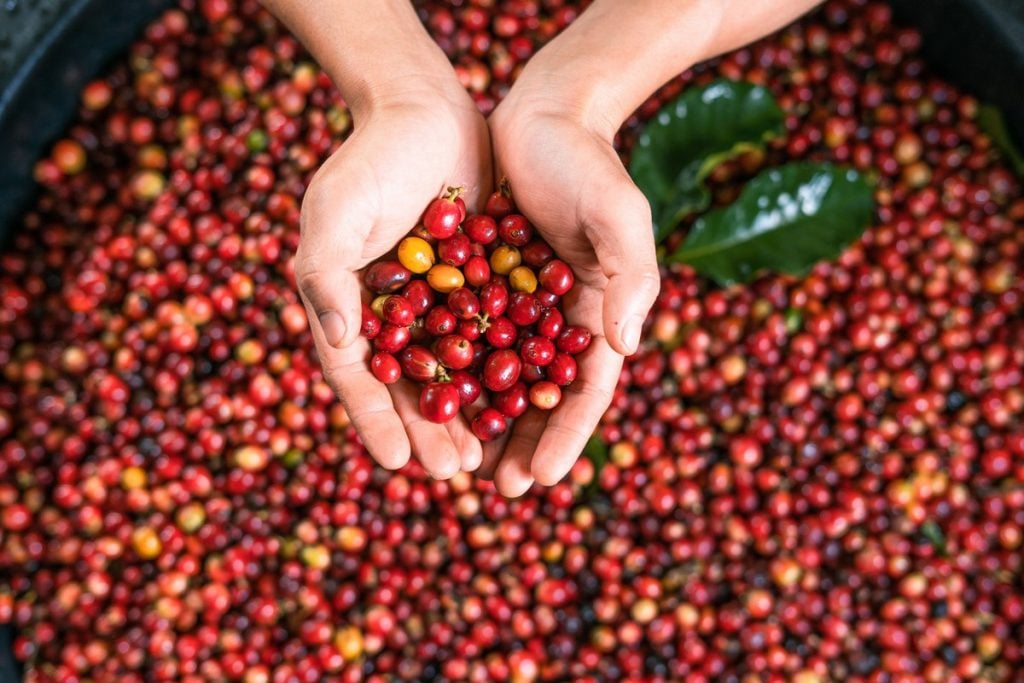
5. Espresso must cost 1 euro
We could dwell on the correct price of espresso for long. In this historical moment, furthermore, the cost of raw materials is constantly increasing: it is therefore even more important for consumers to fully understand the value of the product. To keep the price of the cup at €1 (threshold above which most Italian customers are not willing to go), coffee bar owners are choosing low-level products, don't invest in training, neglect the maintenance of the machinery and, above all, make staff cuts. It should be important to instead keep in mind that coffee is a plant and, as such, it has its own supply chain, which begins with the workers in the countries of origin: the beverage that costs €1 at the coffee bar is paid dearly by the farmers of the plantations. Finally, all this goes without considering the issue of environmental sustainability, which is another sore point when it comes to raw materials at bargain prices.
6. Coffee can be drunk after the expiration date
Like other agricultural products, coffee has a beginning and an end. It is not true that it can always be consumed, to the contrary: it's actually recommended to use coffee immediately, and not exceeding three months from the roasting date. Not only that: if you buy coffee that's already been ground (to find out more, check out our guide to home grinding) we recommend consuming it as soon as possible so as not to completely lose the aromas.
7. Coffee should be stored in the refrigerator
Although it is common practice to keep it in the refrigerator, coffee should be stored in a cool and dry place, free from sudden temperature changes, away from drafts, humidity, heat and light. The refrigerator is a humid environment and excessively full of odours, which can affect the aromatic profile of the coffee. As far as containers, it is better to opt for a vacuum-sealed one.

8. Drinking water after coffee
It is correct to serve espresso alongside a glass of water, but this is to clean and prepare the palate before tasting. Instead, it is often drunk after the coffee, probably because the quality of the product is low: in many Italian coffee bars the quality of the beans is poor and it often happens that the beverage is excessively bitter and astringent. If an espresso is well made, however, there should be no need to drink water afterwards.
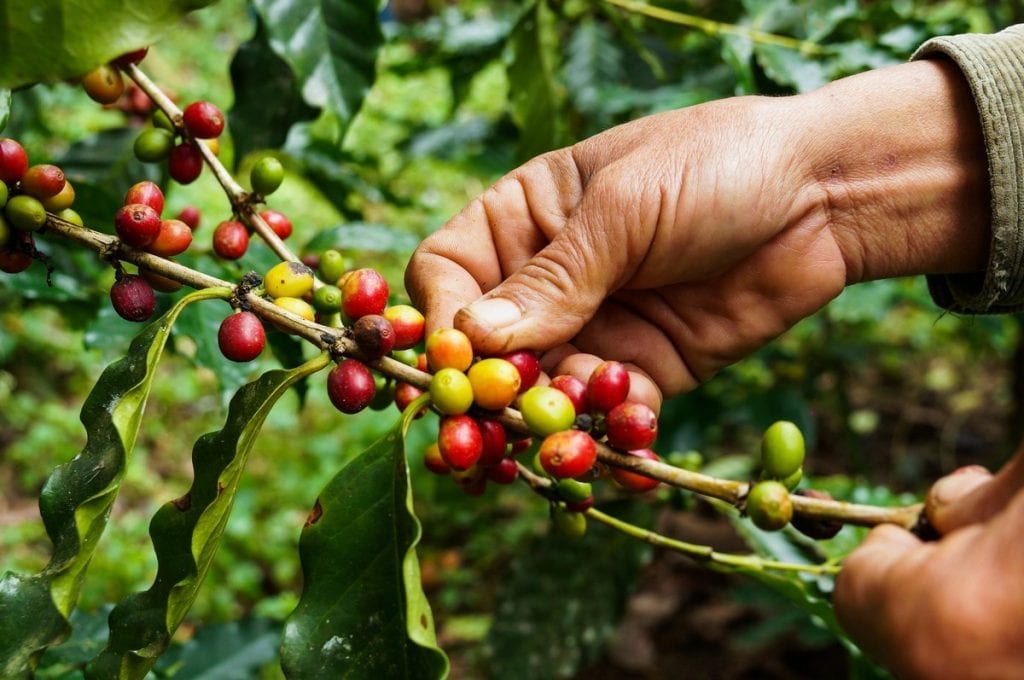
9. Coffee is always the same
When it comes to coffee in Italy, the first image that comes to mind is of an espresso cup at the coffee bar. Appearance and taste are the same as always in the collective imagination: a dark beverage, with a thick foam, a pungent aroma and a bitter and persistent taste. Instead, the types of coffee are manifold, as well as the methods of harvesting, the varieties of roasting and the final extraction: each bean requires its own time, its temperature: different parameters that in the cup give life to characteristic flavours and aromas. Therefore, there is no one taste of coffee.
10. Avoid coffee when on a diet
Premise: to best enjoy coffee, it should be drunk without sugar, to fully grasp its aromas, taste, scents and tasting notes. Sans sugar, a cup of espresso provides a maximum of 2 calories: it goes without saying that we are talking about a product that is absolutely compatible with a diet designed to lose weight.
by Michela Becchi

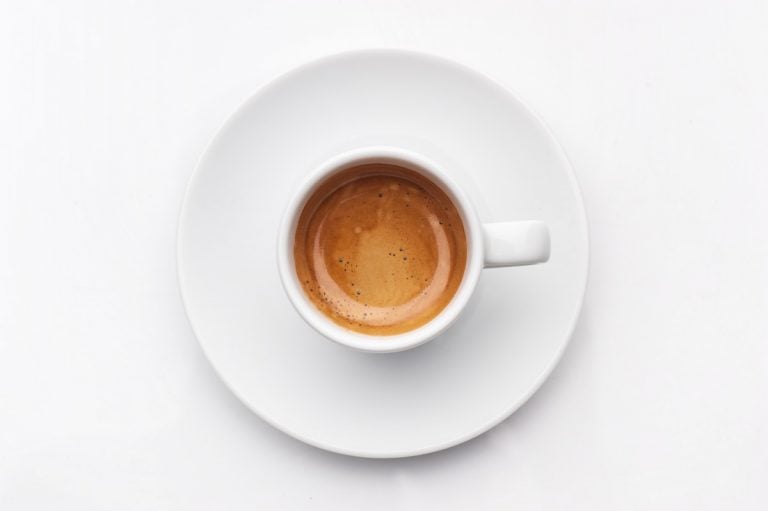
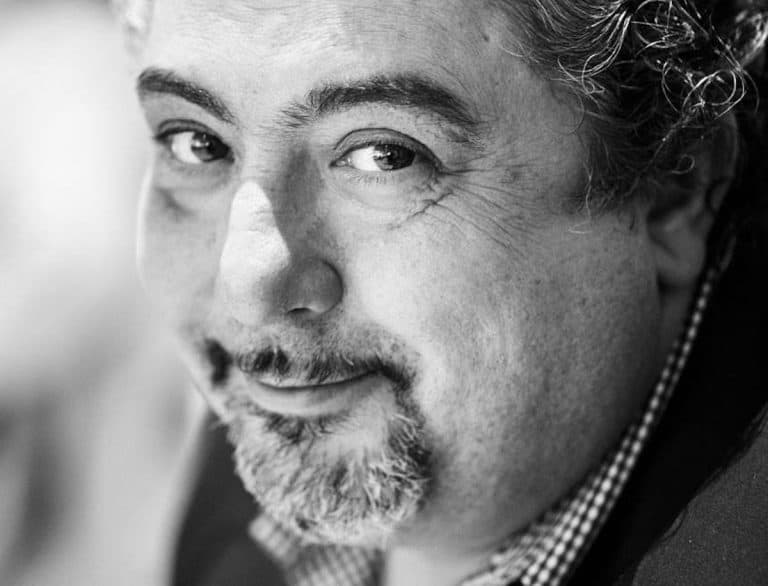 Farewell cacio e pepe in New York. "With tariffs, Pecorino Romano will also become more expensive." The warning from Giuseppe Di Martino
Farewell cacio e pepe in New York. "With tariffs, Pecorino Romano will also become more expensive." The warning from Giuseppe Di Martino Against tariffs? Here are the US foods that could be "hit"
Against tariffs? Here are the US foods that could be "hit" US tariffs: here are the Italian wines most at risk, from Pinot Grigio to Chianti Classico
US tariffs: here are the Italian wines most at risk, from Pinot Grigio to Chianti Classico "With U.S. tariffs, buffalo mozzarella will cost almost double. We're ruined." The outburst of an Italian chef in Miami
"With U.S. tariffs, buffalo mozzarella will cost almost double. We're ruined." The outburst of an Italian chef in Miami "With US tariffs, extremely high risk for Italian wine: strike deals with buyers immediately to absorb extra costs." UIV’s proposal
"With US tariffs, extremely high risk for Italian wine: strike deals with buyers immediately to absorb extra costs." UIV’s proposal






